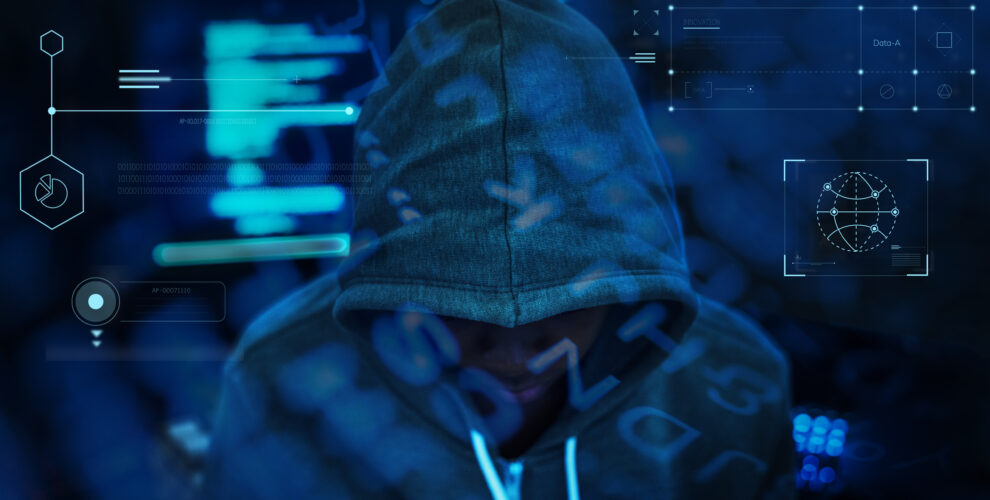It is evident that technology is taking over the business and it creates a huge influence in making decisions or reducing manual work. However, it also comes with negative side effects as the technology opens to all; it is now a threat to attack because of cybercrimes.
Millions of people’s personal information may be exposed as a result of a single security breach. These violations have a negative financial impact on the businesses as well as a loss of client confidence. Therefore, it is crucial to have cyber security to shield both persons and organizations from spammers and online crooks.
Even the education sectors consider the digital age to be developing with the lack of security measures. And the cyber security colleges in Tamilnadu are now considering how to safeguard the business and threats caused because of the connectivity. Though, there are chapters to clear out what kinds of challenges and strategies a cybersecurity officer needs to consider, here are some of the challenges facing in the digital age.
Cybersecurity challenges you need to know:
It is important for the students pursuing engineering college in Coimbatore should know the cyber threats such as hacking, phishing, malware and ransomware. The aim of learning and understanding cybersecurity is to ensure when you take actions online, you need to confirm the confidentiality, and integrity of data and systems. You can expect a lot of cyberthreats in the upcoming future and it creates the need for cybercrimes increase as the usage increase in the digitalization world. However, here are a few cyber threats you can find interesting.
Ransomware attacks:
It is now getting easier for hackers to get users data and keep them from accessing it until a ransom is paid. This ransomware assaults we often get to see in the movies but it is most familiar in the technological world. And recently, Microsoft has linked the clop ransomware exploiting zero vulnerability, a data theft attack. Attacks by ransomware are crucial for all users, but they are even more crucial for organizations that need access to the data to carry out their regular operations. However, in the majority of ransomware assaults, the attackers try to demand more money rather than release the data even after the ransom is paid.
Supply chain vulnerabilities:
Engineering systems often rely on a complex network of suppliers and vendors. Each connection in the supply chain introduces a potential point of weakness. Organizations need to assess the security practices of their suppliers, conduct due diligence, and establish contractual obligations for cybersecurity. Regular monitoring and auditing of suppliers can help mitigate risks.
Internet of Things (IoT) security:
With the expansion of IoT gadgets in designing frameworks, it is pivotal to guarantee their security. IoT gadgets are frequently helpless against abuse because of feeble default setups, the absence of firmware refreshes, and inadequate encryption. To avoid unauthorized access and potential breaches, IoT devices must have robust authentication, encryption, and monitoring mechanisms.
Compliance and data privacy:
Engineering systems routinely deal with sensitive information, including intellectual property, confidential designs, and personally identifiable information (PII). It is crucial to protect data privacy and follow pertinent legislation, like HIPAA or GDPR. Access controls, encryption, regular data backups, and privacy impact analyses can all be used to protect sensitive data.
Disaster recovery and incident response:
Despite protective steps, security issues may still happen. There should be robust protocols in place with specific instructions for locating, stopping, and recovering from cyberattacks. To prevent free time and ensure quick rebuilding of system functionality, these plans must undergo routine testing and updating together with information reinforcement and recovery components.
Security design:
Incorporating security into designing frameworks from the very start is urgent. When taking a “security by design” approach, security requirements are taken into consideration at each stage of system development and implementation. Leading careful security evaluations, and integrating encryption, access controls, and standard security testing can help recognize and alleviate weaknesses from the beginning.
Data sharing:
When it comes to cybersecurity, the interaction between employees in the business, academic institutions, and governmental organisations is crucial. By exchanging knowledge regarding emerging threats, vulnerabilities, and best practices, organisations may stay up-to-date and enhance their security. A more resilient engineering ecosystem can be made possible by participating in industry forums, working with cybersecurity experts, and sharing anonymized incident data.
To conclude, it is necessary to take easy precautions like using the most recent hardware and software for your digital needs to safeguard your devices and data from cyber dangers. Additionally, you’ll need to take sophisticated precautions like setting up a firewall to give an additional layer of security. This article has made you more aware of the dangers and that may help you to know and prevent personal and organizational precautions against such security risks. If you want to pursue a profession in cyber security, enroll in the cyber security colleges in Coimbatore today.


